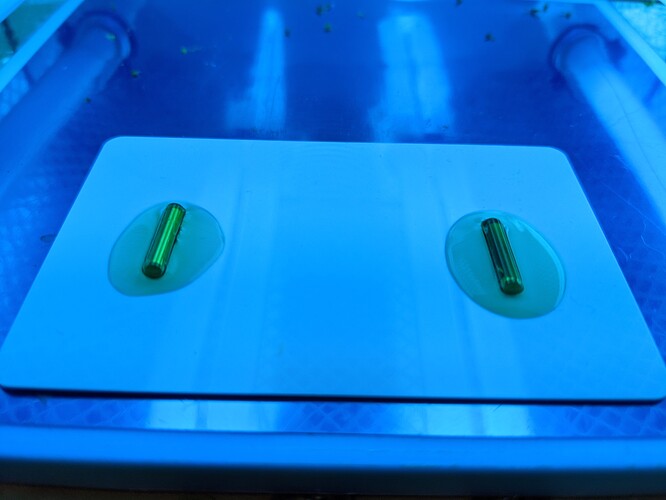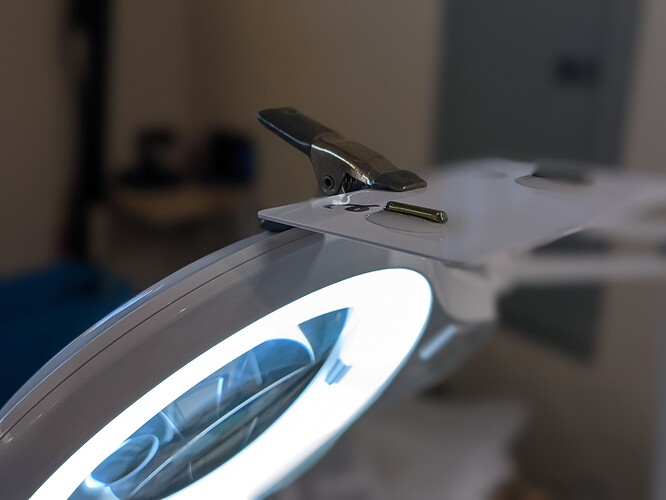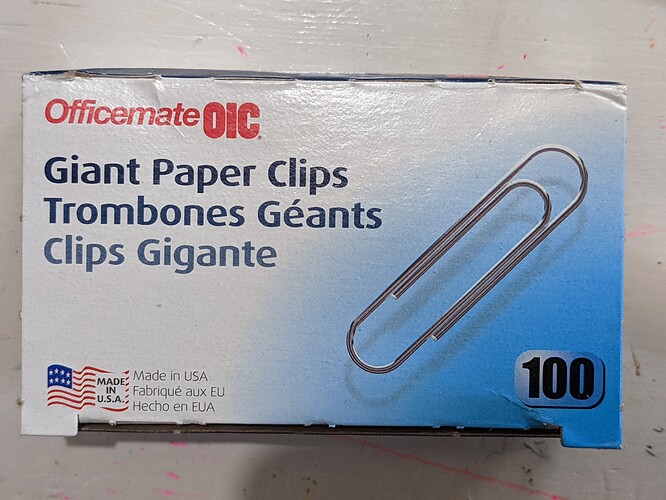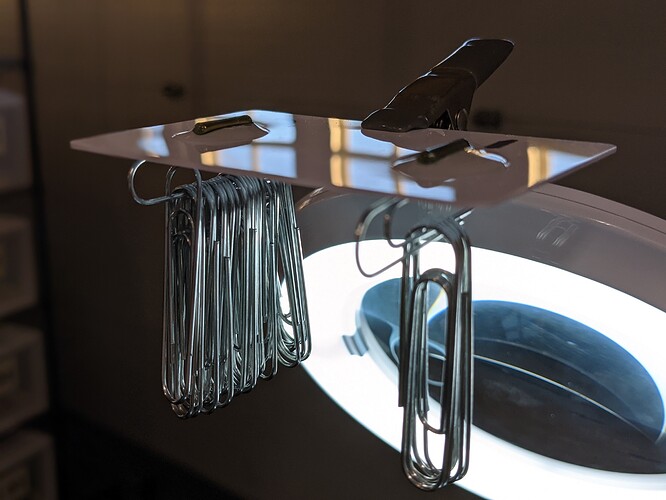Lifting showdown
While the xG3 v1 was designed as a middle of the road injectable lifetime guaranteed magnet implant with utility as both a sensing magnet and lifting magnet, some people care about maximum lifting power only. We designed version 2 of the xG3 exclusively for lifting. How much better at lifting is the xG3 v2? Let’s take a look..
The setup
This test was done with random samples from the retail inventory. They were ejected from their syringes and adhered to a standard ISO credit card size piece of plastic (1mm thick).
The objects to be lifted were presented to the underside of the plastic, meaning the magnet had to lift through the glass and plastic of the mounting card. This is a “best effort” to emulate what it might be like for lifting objects through the skin.
It is difficult to quantify “lifting power” with a magnet implant because of all the variables.. the most important of which are;
- the composition of “ferrous” or magnetically affected material being lifted
- depth of magnet under the skin / distance between magnet and object lifted
Objects to be lifted
Amongst biohackers, the “standard measure” seems to be based on a 1g “giant” paperclip.. so I went with that. Bottlecaps and other small items like screws have also been used to compare various magnet implants before, but the paperclip seems to be an easy to use, everyday object that anyone can relate to.
The actual test
After attaching and testing and weighing, it’s clear that v2 is substantially better at lifting objects than v1!
There were so many that I reconfigured the test to more easily show the difference.
Results
That is a 4.2x improvement in lift capacity!
.. answer? yeah.. a litttle!
Final thoughts
The xG3 v2 is clearly much better at lifting, but this doesn’t mean the xG3 v1 is suddenly made pointless. The axial magnetism of v1 makes is a good candidate for a clinically sterilized, easily injectable sensing magnet with a lifetime warranty. The axial magnetization means it can still lift objects, but as the v1 encounters an external field, it will want to move longitudinally along its length. This will actively push tactile neurons at either end as it vibrates lengthwise within its pocket of encapsulative scar tissue. The v2 will simply want to spin in place, barely activating any tactile nerves at all.






